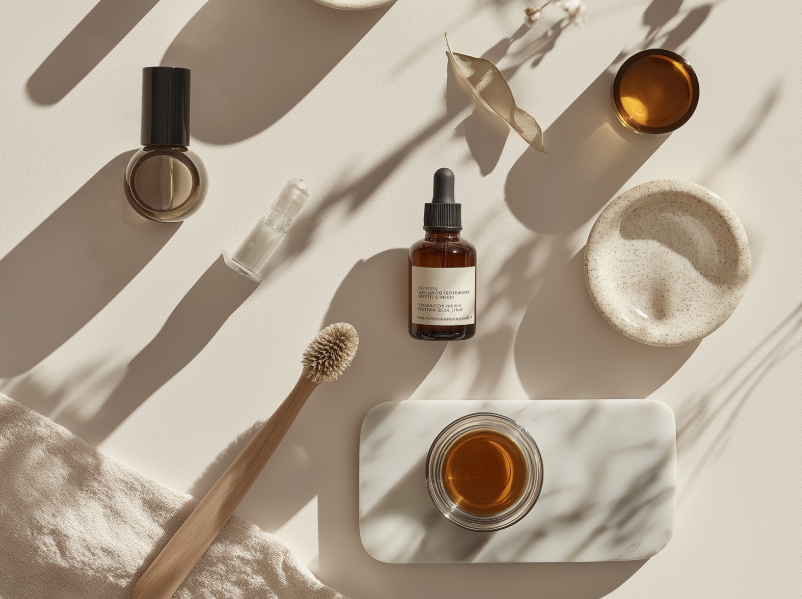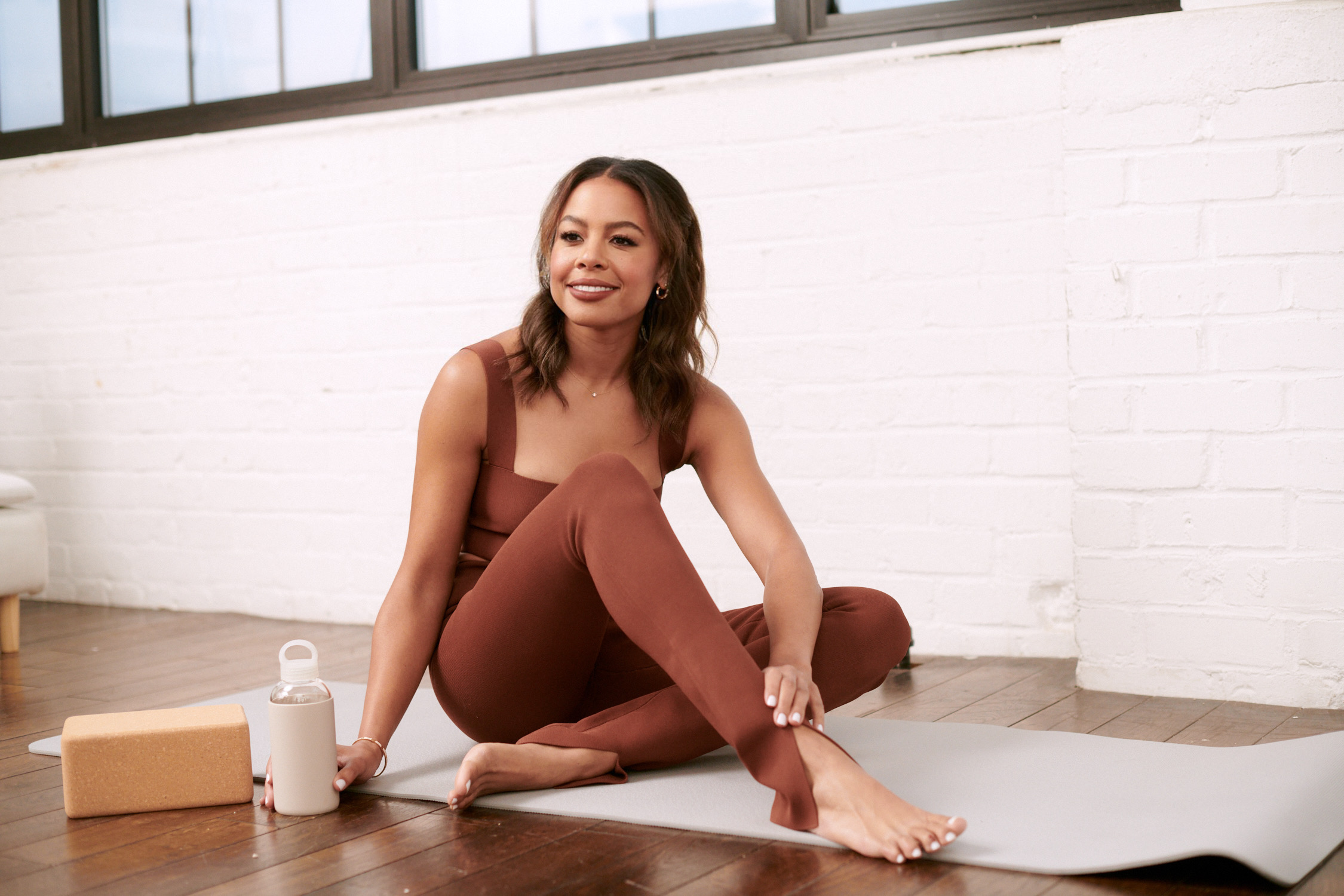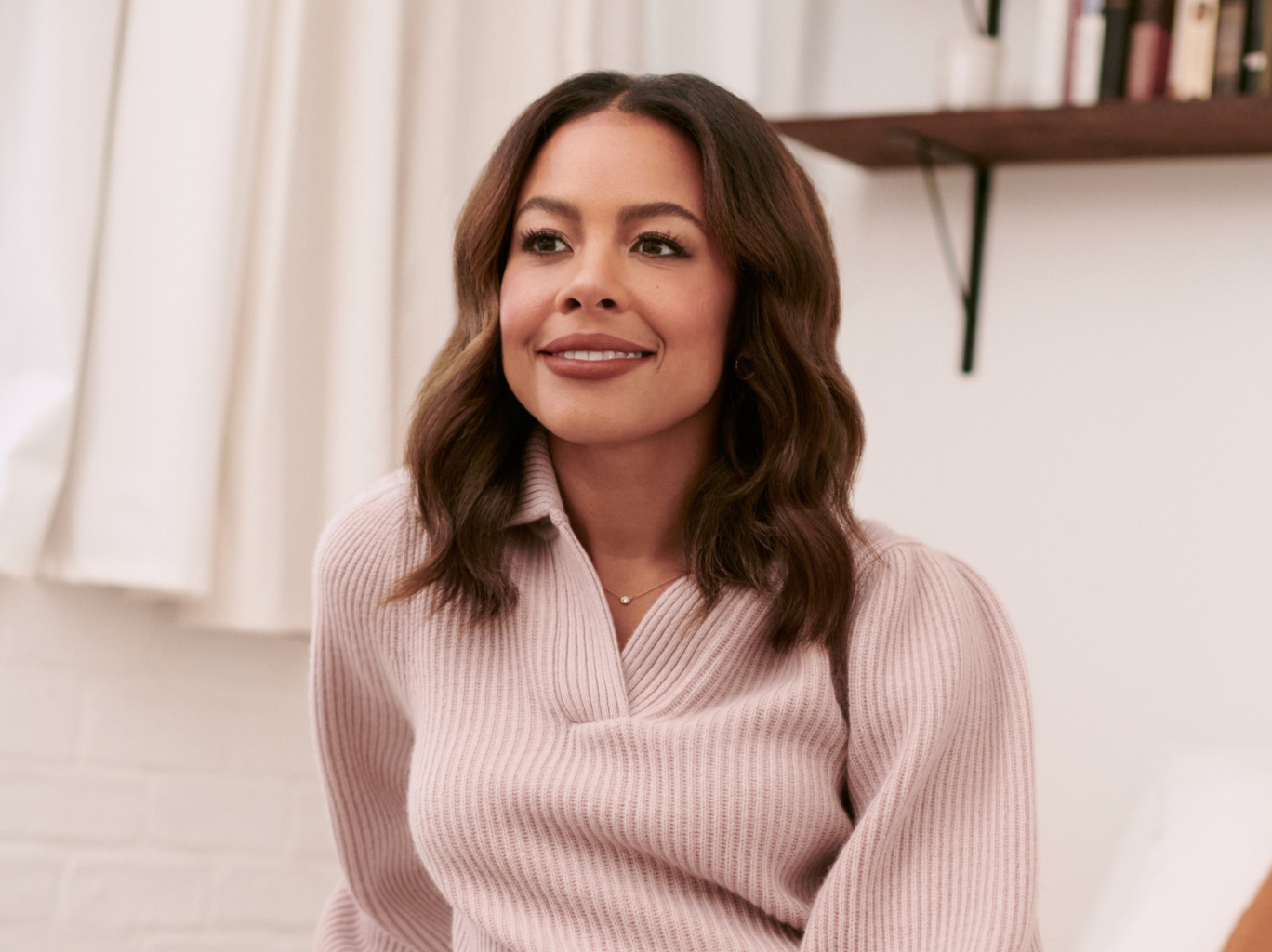What to Focus On Before You Launch Your Beauty Brand

Written By Nancy Twine
At the earliest stage of a brand’s journey — before the influencer buzz, the retail launches, or the shelf space negotiations — the most important work often happens quietly. It’s the work of shaping a brand identity, grounding your story, and building something that feels not just beautiful, but true.
Here’s how to approach that process with depth, intentionality, and strategy.
1. Your Brand Story Isn’t a Marketing Line — It’s Your Foundation
Your brand isn’t just your product. It’s the story, values, and visual world you invite people into.
Whether your roots are in culture, community, or a personal mission — clarify what you stand for. Before the logo. Before the packaging. Before the photoshoots.
Because today’s consumers are choosing with their values. If your product is powerful and your ethos is clear, you’ll connect far beyond the surface.
2. Budget for Branding — But Be Strategic
If you’re building a premium brand, your packaging and identity need to reflect that. But early-stage founders often under-budget here and overpay later.
Big agencies can charge six figures — but you don’t need that to start. What you do need is:
- A creative partner who gets your story
- A cohesive brand system (voice, visuals, packaging, palette)
- A tight, compelling brief
Pinterest is a great place to source visual inspiration and even discover talented freelance creatives. Start building mood boards that express your aesthetic and emotional tone — not just colors, but what you want your brand to feel like.
3. Understand Your Cost Structure — and Be Willing to Compromise
Premium doesn’t have to mean unprofitable. If your packaging costs $5 per unit, you’ll likely need to retail above $50 to make margins work. That’s a serious pricing commitment.
So ask:
- What will packaging cost at higher volumes?
- Can you achieve the look and feel with more scalable materials?
- Is this cost structure sustainable if you grow 10x?
Every beautiful brand you admire made trade-offs early on. Stay rooted in your vision — but build for viability.
4. Start Scrappy, Stay Intentional
You don’t need a big team or an agency to begin. In fact, most of the best early-stage marketing comes directly from the founder. You know the story. You’re closest to the product. And in the beginning, your authenticity is the strategy.
Early traction can look like:
- Clients who repost and refer organically
- Micro-influencers who believe in the product
- Testimonials that come from real transformation
Build from that. Refine as you grow. Scale when the story is sharp.
5. Selling Into Boutiques? Lead With Brand Story + Visuals
Boutique retail is often about discovery. That means a brand with compelling visuals, unique sourcing, and a story customers haven’t seen before can stand out even without mass brand awareness.
To prepare:
- Build a branded line sheet or pitch deck with imagery, ethos, and price points
- Gather early testimonials, press, or influencer mentions (no matter how small)
- Research competitors’ stockists for a warm lead list
Some buyers want established names. But others want to be the first to discover what’s next. Speak to them.
Final Word: The Product Is Just the Start
What brings a brand to life — and keeps it alive — is the clarity of its mission and the intention behind its execution.
So if you’re in the early stages of building something from your heart and heritage, know this: your story is your superpower. Don’t rush it. Don’t dilute it. Build it beautifully — and build it right.




